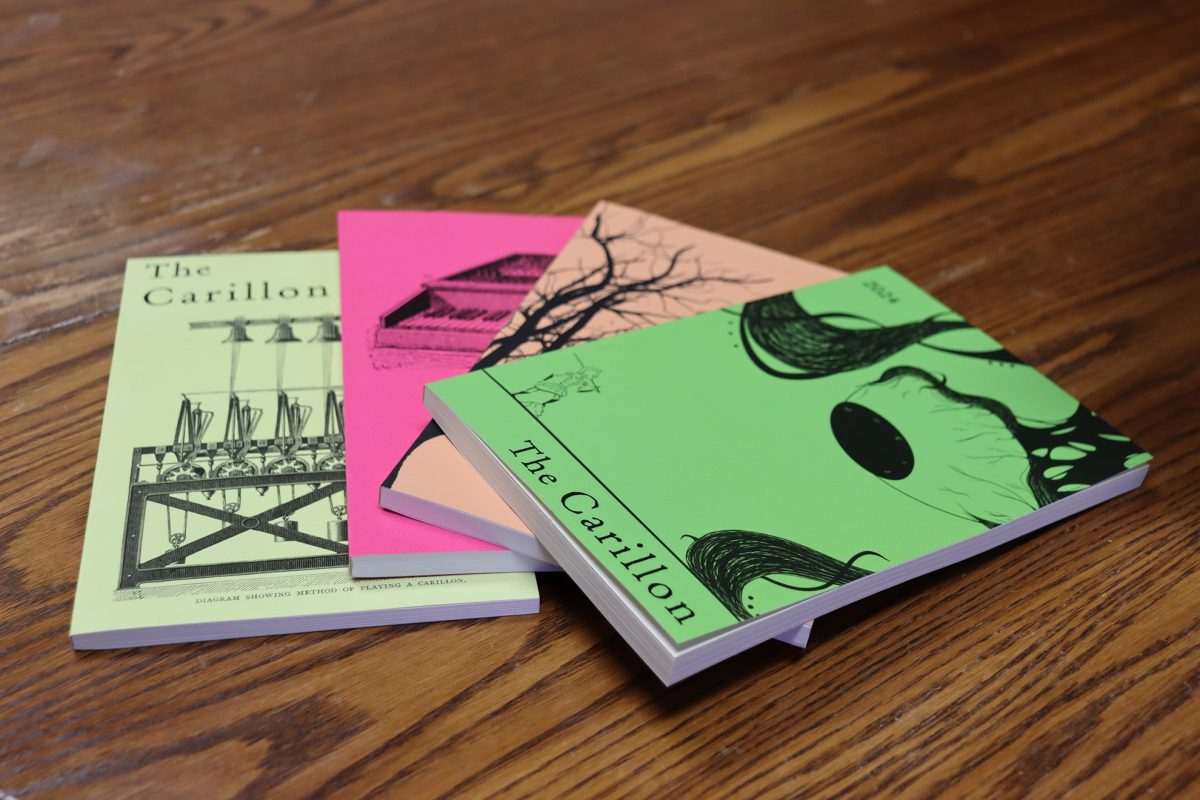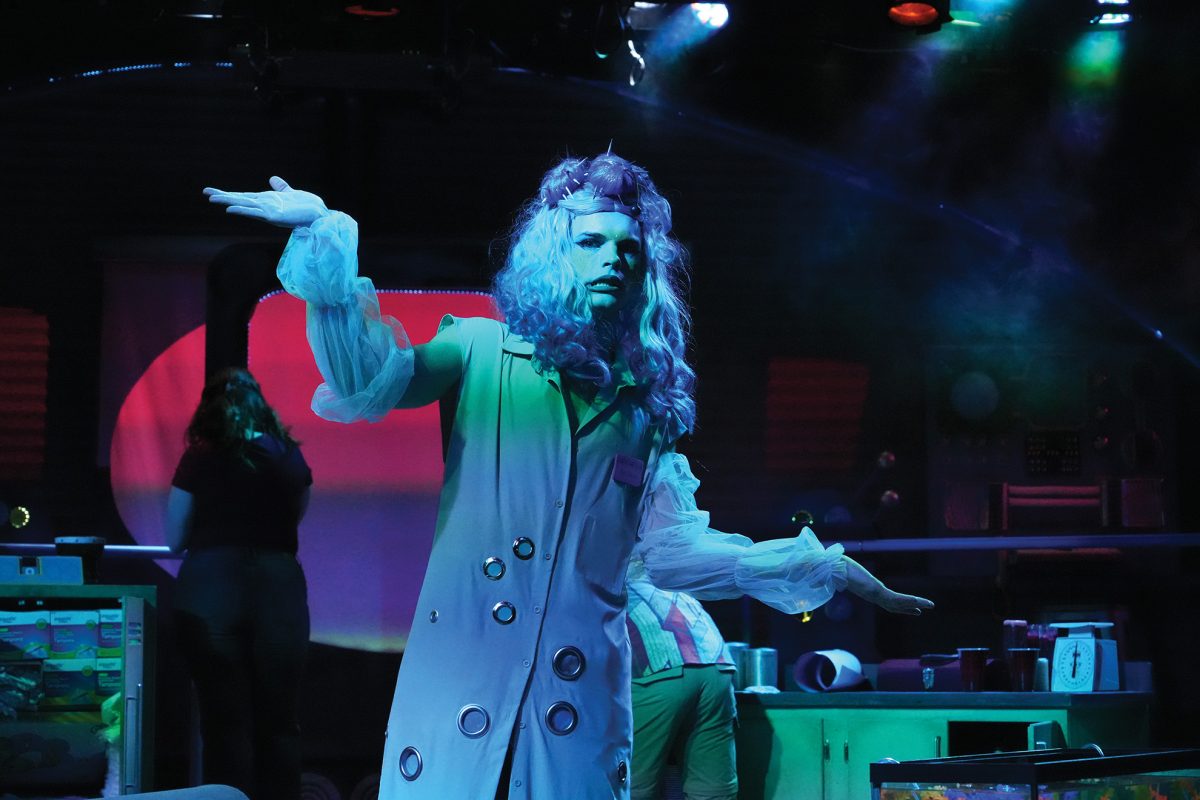delgadosandovals@lopers.unk.edu
Yorgos Lanthimos’s funny, filthy, extravagant and peculiar new feature film, “Poor Things”, is the director’s second collaboration with star Emma Stone. Released on Dec. 8, “Poor Things” is a visually magnificent and clever new movie.
Lanthimos’s surreal spin on the classic Frankenstein story follows the adventures of Bella Baxter (Emma Stone), a rather strange Victorian woman with a childish temperament and mindset. She comes with a freakish history and even more bizarre surroundings accompanied by her unusual guardian and creator, Dr. Godwin Baxter.
Dr. Baxter is a renowned scientist with unorthodox methods and a fondness for experimenting with the living and the dead alike. When a visitor drops by, Baxter admits that Bella, too, is an experiment. After finding her corpse, he reanimated her by swapping out her brain for that of the unborn fetus she carried.
Bella appears fully mature from head to toe. However, there is a noticeable and disconcerting disparity between her physical appearance and her mental state. At times, her manner of speaking and movement resembles that of a young child. Stone portrays Bella with the unsteady gait of a toddler, yet there are also moments where she evokes the image of a malfunctioning robotic doll.
Adapted from Alasdair Gray’s 1992 novel of the same name, “Poor Things”’ immediately dives into its peculiar and poetically strange atmosphere. Lanthimos skillfully employs a flamboyantly expressive style. He utilizes prosthetics, costumes, meticulous design and bold cinematography that constructs a world that feels both familiar and otherworldly.
Bella’s insatiable thirst for knowledge and adventure transcends the confines of Dr. Baxter’s mansion. She seizes an opportunity and embarks on a journey from London to Lisbon. Then she travels by steamship to Alexandria and finally to a Parisian brothel.
As Bella’s experiences broaden, the visual aesthetic of the film evolves accordingly. While the scenes primarily set within Dr. Baxter’s residence are depicted in black and white, the transition to Bella’s adventures introduces vibrant colors. Through these experiences, she encounters both the joys and harsh realities of the world.
All scenes in this film are meticulously crafted and filled with intricate details, “Poor Things” presents an array of elements for viewers to marvel at, laugh about and perhaps draw back from.
“Poor Things” received eleven nominations for the upcoming 96th Academy Awards, including Best Picture.






































